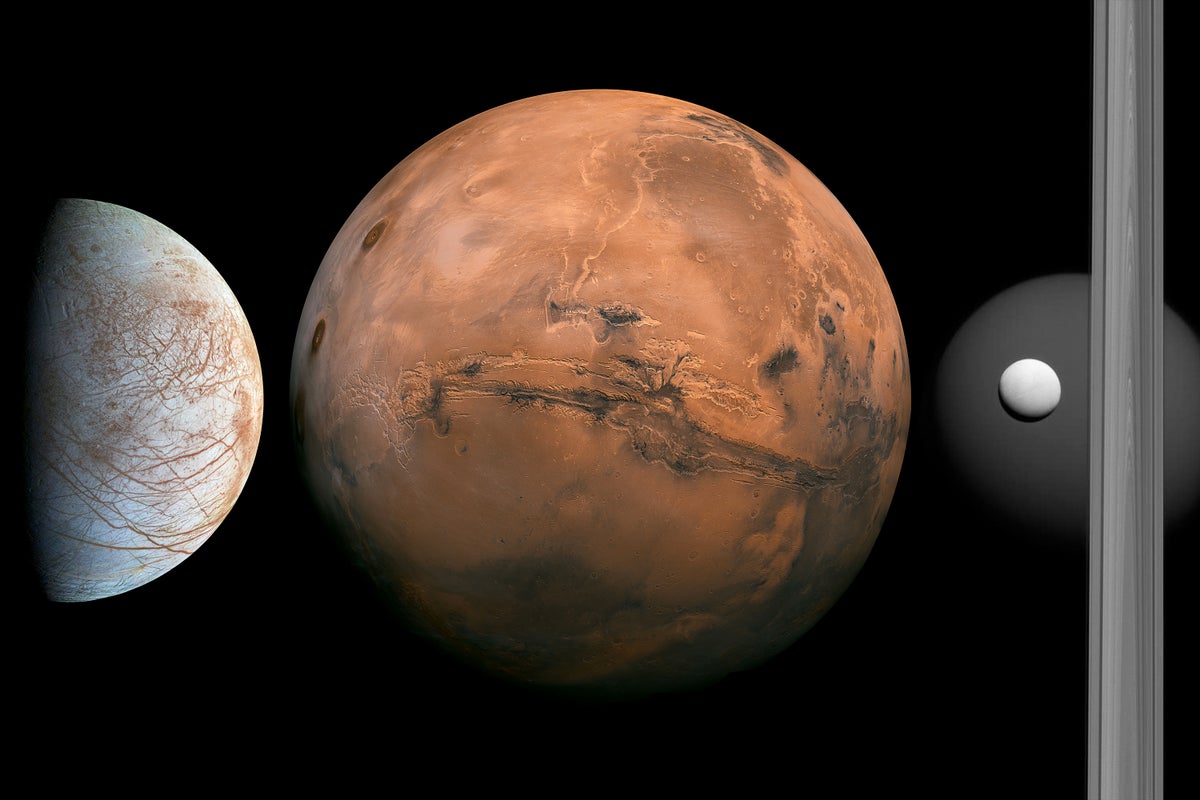#habitability
#habitability
[ follow ]
#mars #astrobiology #exoplanets #james-webb-space-telescope #jezero-crater #astronomy #alpha-centauri
fromMail Online
5 months agoScientists discover 'super-Earth' planet that might be habitable
"Finding a temperate planet in such a compact system makes this discovery particularly exciting. It highlights the remarkable diversity of exoplanetary systems and strengthens the case for studying potentially habitable worlds around low-mass stars."
Science
[ Load more ]





